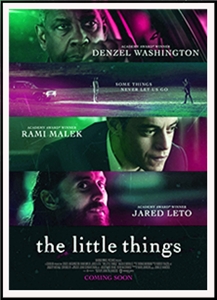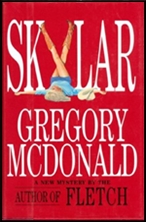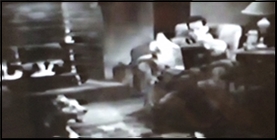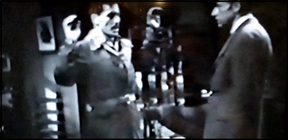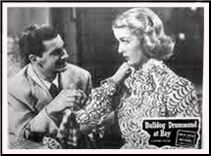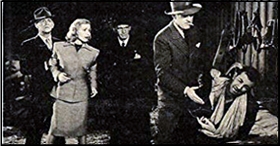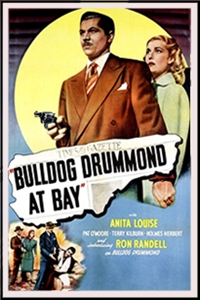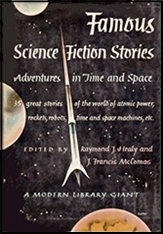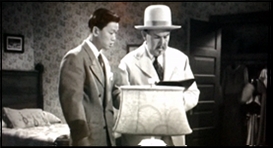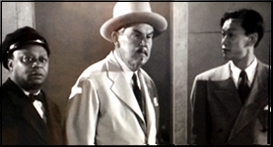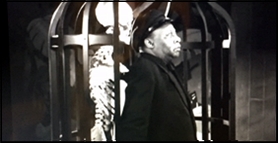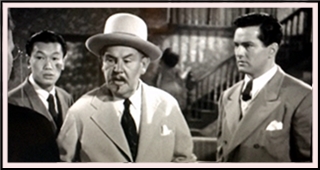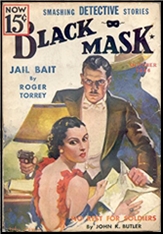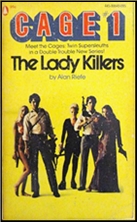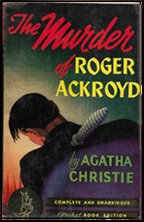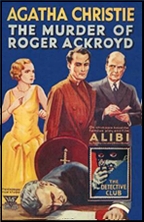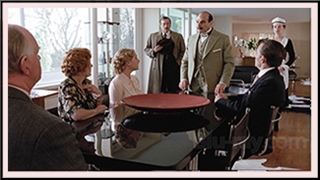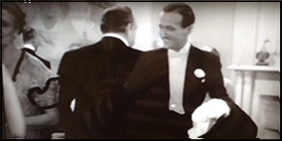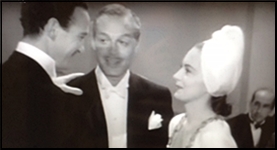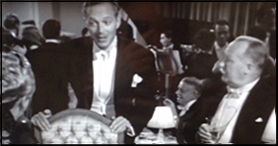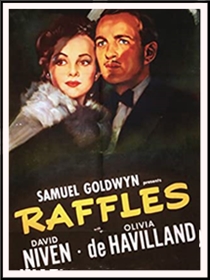Tue 2 Feb 2021
A Movie Review by Jonathan Lewis: THE LITTLE THINGS (2021).
Posted by Steve under Mystery movies , Reviews[2] Comments
THE LITTLE THINGS. Warner Brothers / HBO Max, 2021. Denzel Washington as Joe “Deke” Deacon, a Kern County Deputy Sheriff, Rami Malek as Jim Baxter, LASD Detective, Jared Leto as Albert Sparma (their top suspect). Written and directed by John Lee Hancock.
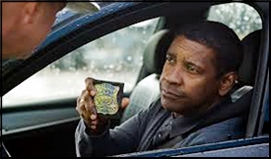
It more or less begins like any other serial killer movie. There’s a girl being chased and a tired lawman whose best days may very well be behind him. In this case, however, the lawman is portrayed by Denzel Washington. You know you’re going to – at the very least – get to witness a solid acting performance.
And for the first hour or so, that’s about all The Little Things has to offer. There’s very little new under the dark sun. Washington portrays Kern County Deputy Sheriff by the name of Joe “Deke†Deacon. Formerly an LASD homicide investigator, he has downsized to a slower, more rural part of California. All that changes when he’s asked to retrieve some evidence from his former employer. While there, he encounters Jim Baxter (Rami Malek), a younger and cockier version of his former self.
The two don’t exactly get along, but they see something in each other. Before you know it, Deke and Baxter are unofficially working together to solve a series of murders. Deke happens to believe that this recent rash of killings of young women is somehow connected to the murders of prostitutes he failed to solve five years ago.
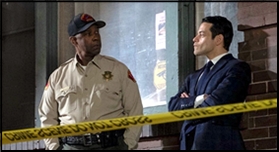
Deke is seemingly mentally tortured by the ghost of a victim he failed to save and appears to be just a little too eager to connect the past with the present. It’s the standard stuff of serial killer movies. An obsessed detective, one who even goes so far as to pin photographs of victims on his bedroom wall.
Expectations are subverted when Deke focuses on a prime suspect, a greasy, sleazy repairman who lives alone in a shoddy Hollywood apartment. The problem is that there is really nothing tying Albert Sparma (Jared Leto) to the crime other than the guy is weird – really weird – and seems to know a lot about the case. Maybe he’s the killer or maybe he’s just a disgustingly odd man with a true crime fascination.
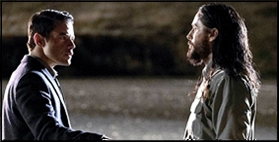
Without giving anything away, let’s just say that the second half of the movie, in which Deke and Baxter play a cat-and-mouse game with Sparma is far superior to the first hour. And, at some point, things change. And everything you thought you knew about Deke gets upended. No. He’s not the serial killer – this film doesn’t go for that level of cheapness – but he does have secrets he aims to guard at all costs.
Although the movie isn’t nearly as clever as it purports to be, it’s nevertheless a decent thriller largely kept afloat by its stellar cast and stark, haunting cinematography. Set in the 1990s, the movie also benefits from good set design and an unmistakable sense of place. I happen to enjoy watching detective movies in which not everyone has a cell phone. Somehow adds to the allure and the mystery and danger of it all. Unless there is a call box or a pay phone, how are you going to call for help?
